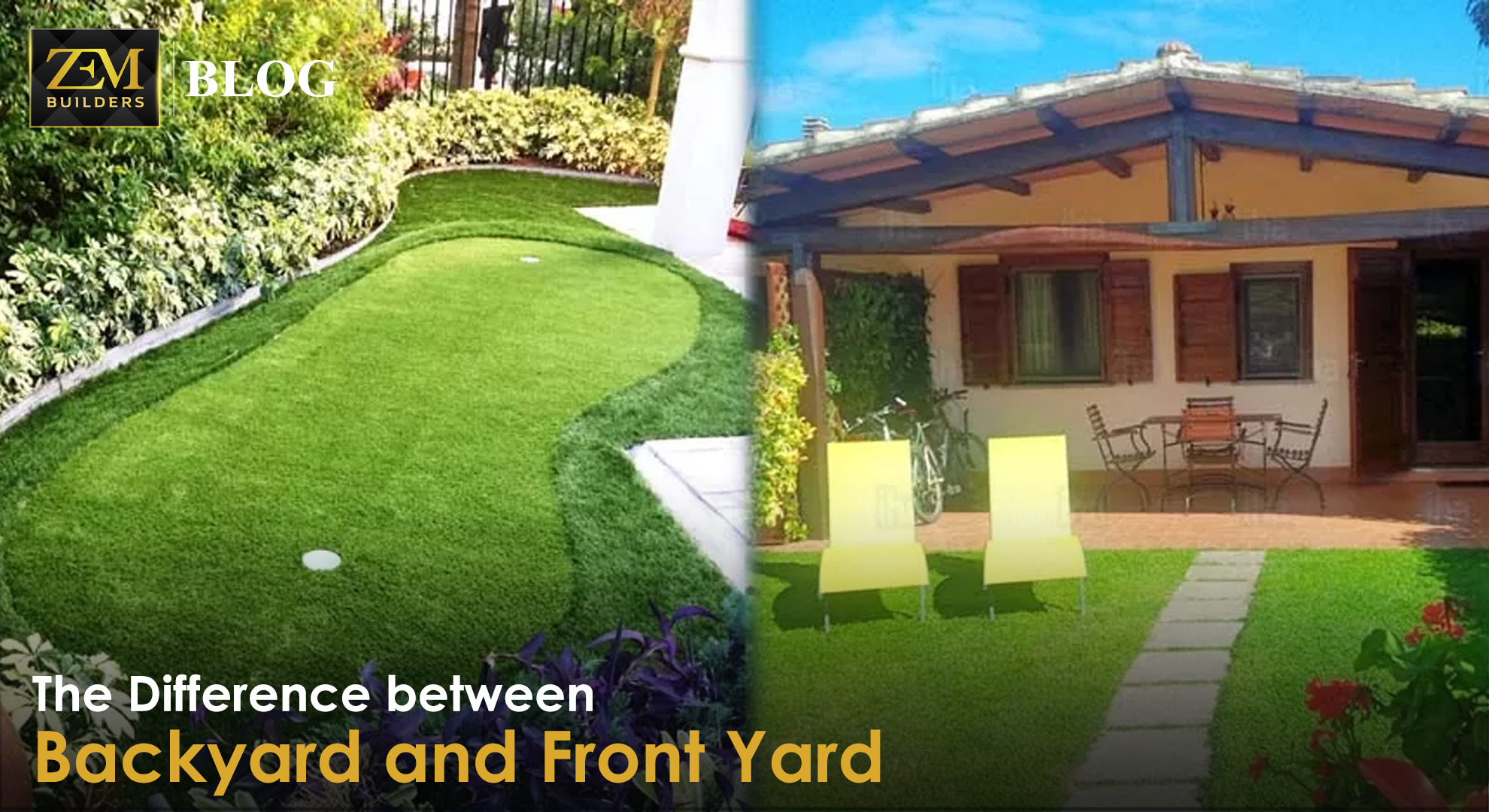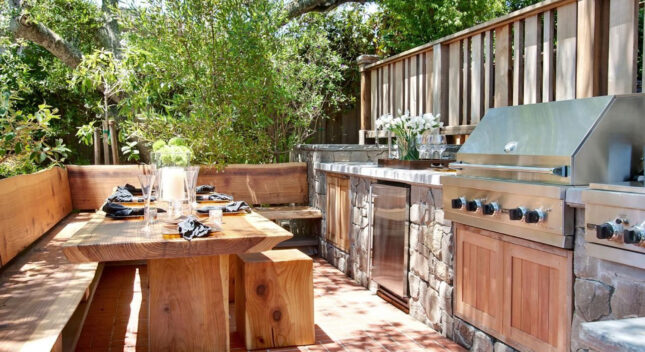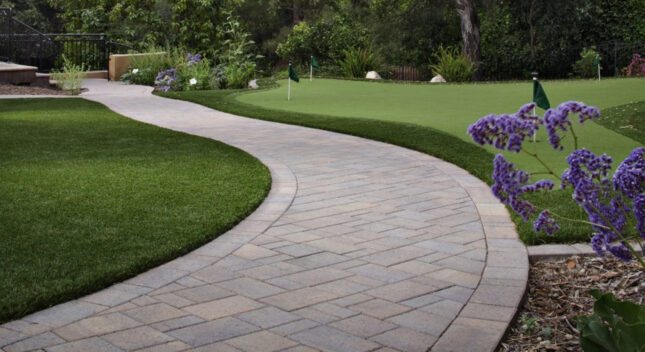Exploring the Contrasts Between Backyard and Front Yard

In construction and architectural design, the distinction between the backyard and front yard plays a key role in shaping the aesthetics and functionality of a property. While both areas serve as essential components of a residential structure, their designs diverge significantly to fulfill distinct purposes and create unique visual impressions. The structural differences between backyard and front yard depend on the available land for construction and the homeowner’s vision for these spaces. Front porches in limited spaces tend to prioritize the appeal and functionality, while back porches in ample spaces offer opportunities for luxurious outdoor living and extensive landscaping. The design of these areas can greatly enhance the overall aesthetics and functionality of a home.
Backyard and Front Yard
In the diverse landscapes of Pakistan, they are design and utility can vary significantly. These distinctions reflect not only cultural preferences but also the practicality of these spaces in different settings. In this blog, we will delve into the architectural differences between backyard and front yard designs, emphasizing their roles, features, and how they contribute to the overall appeal of a property.
Urban & Rural Backyards – A Pocket of Serenity
In urban areas of Pakistan, where space is at a premium, backyards are often designed as private retreats. They are cherished as oases of tranquility amidst the hustle and bustle of city life. Due to limited space, urban backyards tend to be smaller in size compared to their rural counterparts. However, this limitation has led to innovative design solutions. In rural Pakistan, backyards serve a more utilitarian purpose. They are an extension of the household and play a vital role in daily life. Rural backyards are typically larger than their urban counterparts and reflect a deep connection to tradition and agriculture.
Landscaping
Urban backyards are precisely landscaped, with an emphasis on greenery. Lush lawns, potted plants, and even vertical gardens are common features. These elements not only provide aesthetic appeal but also act as a cushion against noise pollution and air pollution.
Patio or Deck
To make the most of limited space, urban backyards often feature a patio or deck. This provides a space for outdoor seating, dining, and socializing. In urban areas, privacy is a priority, so these spaces may also be enclosed with grills or screens. In rural areas, you may find traditional structures like chaupal (a shaded gathering area) or chabutra (a platform for feeding birds). These structures are steeped in cultural significance.

Outdoor Kitchens
The urban backyard may also house an outdoor kitchen, equipped with a barbecue grill and seating area. This allows residents to enjoy outdoor cooking and dining experiences. A defining feature of rural backyards is the presence of kitchen gardens. These gardens supply fresh produce for daily meals and often include fruit trees, vegetables, and herbs. They are maintained with care and passed down through generations.

Lighting
Adequate outdoor lighting is crucial for urban backyards. Well-placed lights enhance the usability of the space, making it suitable for evening gatherings and relaxation.
Open Spaces
Rural backyards are generally open spaces, accommodating various activities such as drying clothes, playing games, and even threshing grain. The emphasis is on functionality and adaptability. In rural areas, it is common to find livestock like chickens, goats, or cows in the backyard. These animals provide a source of food, income, and labor for the household.
Front Yards – Reflecting Community & Identity
The front yard of a property serves as the first point of contact for residents and visitors alike. It plays a crucial role in creating an inviting and aesthetically pleasing entryway. Here are some key design elements that distinguish front yards:
Landscaping
Front yards typically feature carefully designed lawns, ornamental trees, and flowerbeds. The emphasis is on creating a well-maintained and visually appealing facade. The choice of plants and flowers often reflects the homeowner’s aesthetic preferences and climate considerations.
Pathways and Driveways
Well-defined pathways and driveways guide visitors to the entrance of the house. These paths are designed for both aesthetics and functionality, ensuring ease of access and safety. The front yard design should lead to an inviting entryway, usually through a well-designed front door.

Architectural Features
Front yards often incorporate architectural features such as columns, porches, and decorative elements like columns, railings, and unique lighting fixtures. These elements add character to the front of the house and provide opportunities for personal expression.
Fencing and Privacy
Depending on the location and homeowner’s preferences, front yards may be enclosed by fencing, hedges, or decorative walls. While the primary purpose is not privacy but demarcation, these features contribute to the overall design. In urban areas, front yards are enclosed with boundary walls and often feature decorative gates. In contrast, rural front yards may be more open but can still be delineated by natural boundaries like hedges or low walls.

Conclusion
In Pakistan, the difference between backyard and front yard design is influenced by factors such as available space, cultural traditions, and the urban-rural divide. Urban backyards prioritize privacy, aesthetics, and relaxation, while rural backyards serve practical functions and foster community ties. Front yards, on the other hand, represent the identity of the household and serve as spaces for social interaction and community engagement. Understanding these distinctions sheds light on the diverse and vibrant landscape of Pakistan’s residential areas, where tradition and modernity coexist in harmony.

